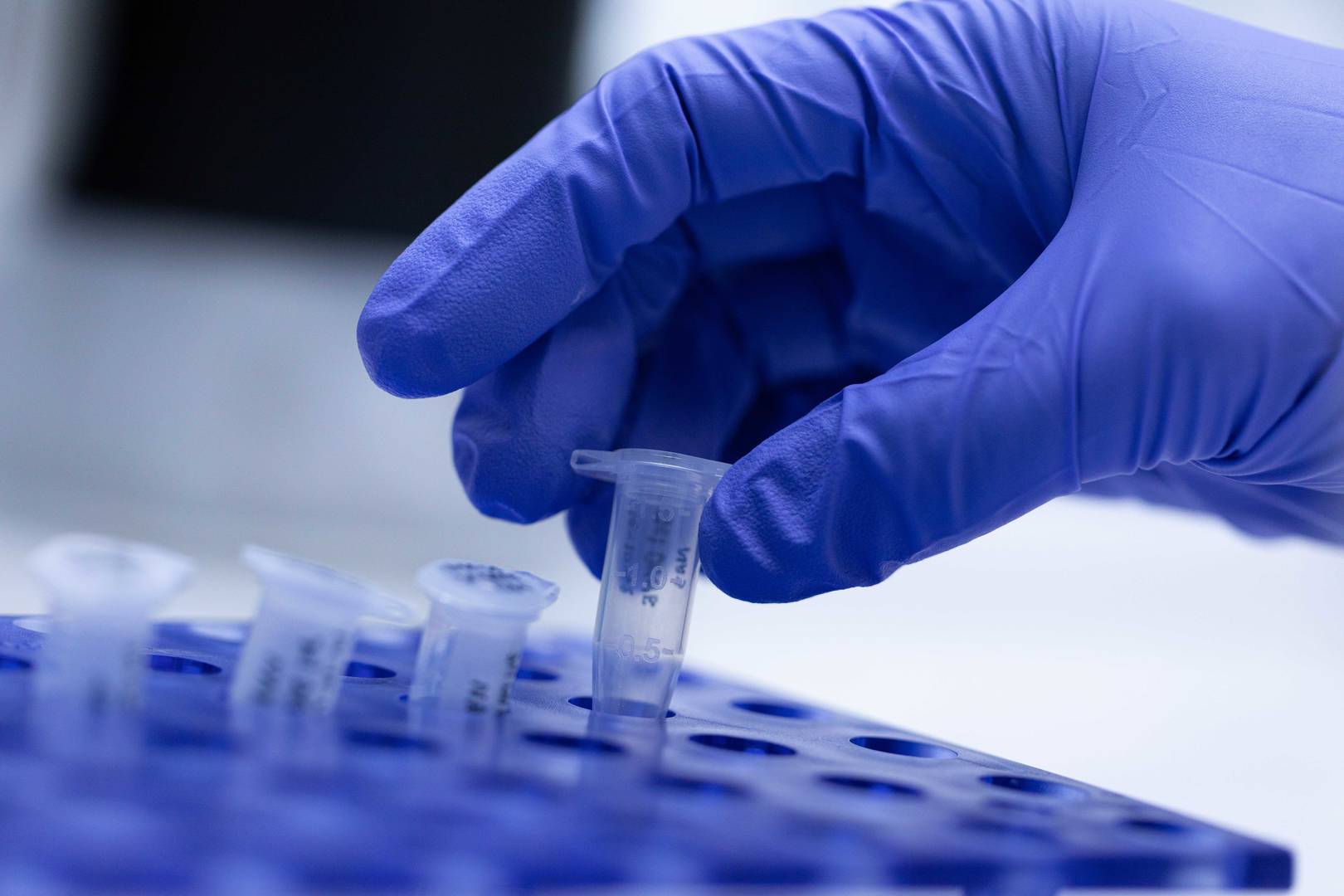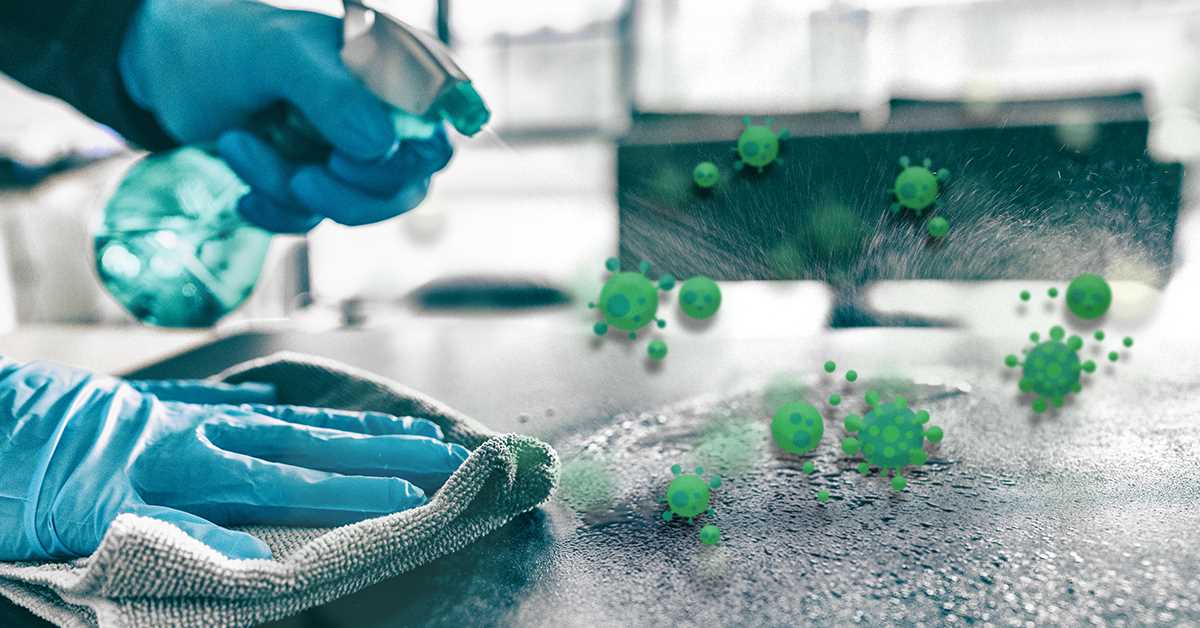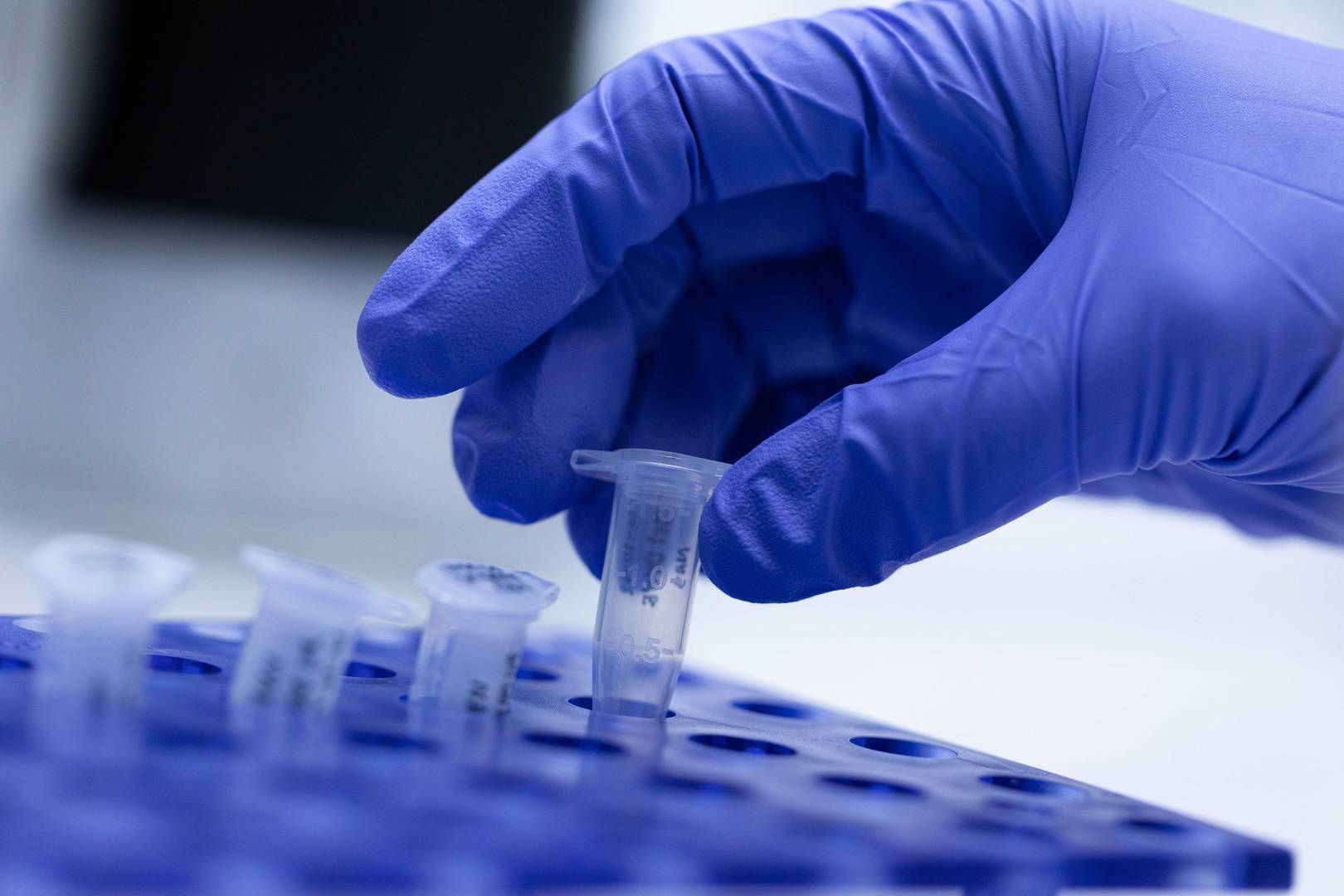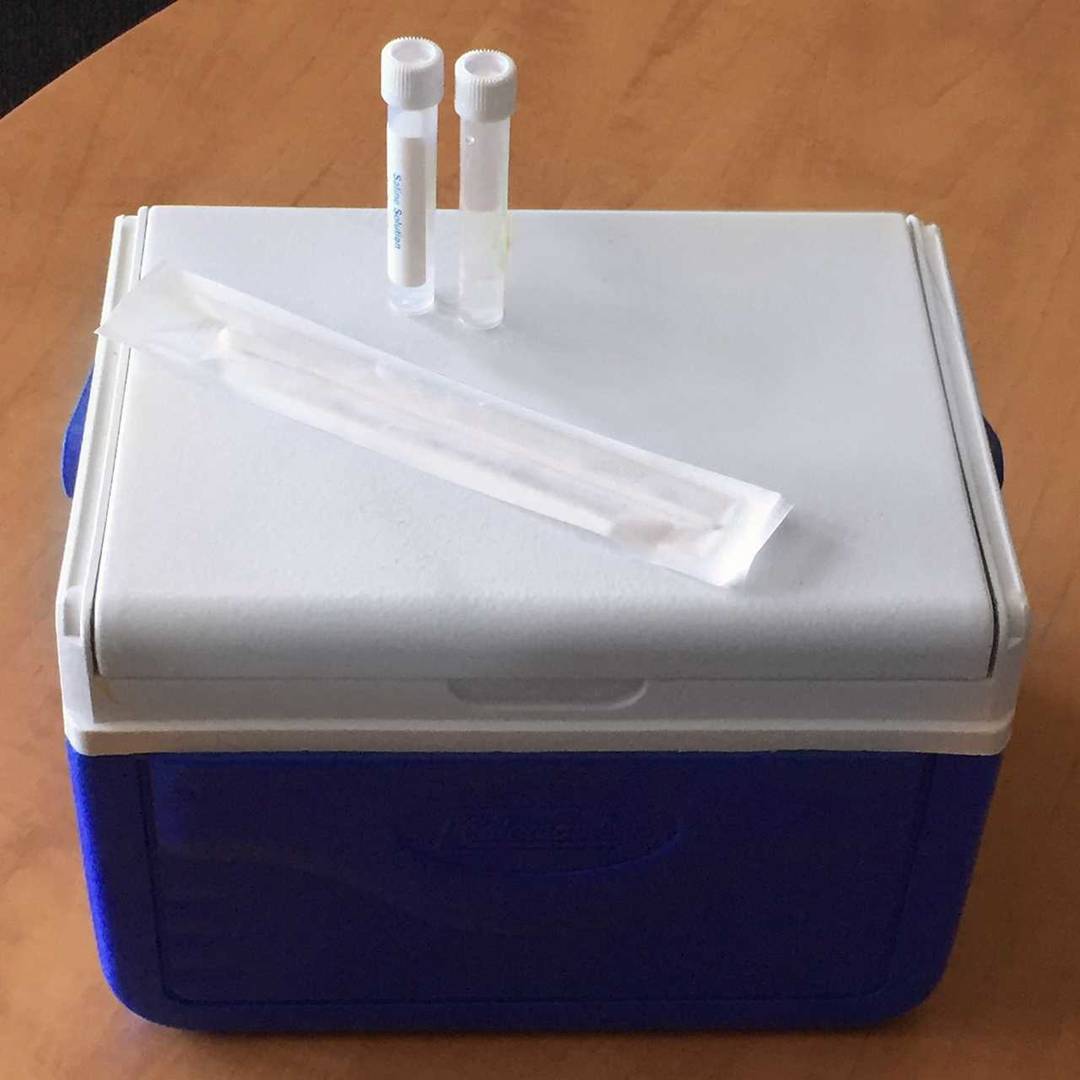EnviroMail 22 Canada
Surface Sampling and Detection for COVID-19
ALS Canada now provides a routine analysis service to test critical environmental surfaces for the presence and persistence of SARSCoV-2, the virus that causes COVID-19. Test results are intended to help monitor and strengthen the effectiveness of disinfection and sanitation measures, particularly after outbreaks or positive tests in a business, care home, or public facility.

Proactive testing of critical sanitized or decontaminated surfaces gives confidence to workers and stakeholders that your facility is safe.
Laboratory Detection Method
The ALS test for SARS-CoV-2 uses a molecular diagnostic assay that detects the presence of viral ribonucleic acid (RNA) that is unique to the virus. This gold standard test is closely modeled after clinical testing protocols recommended by the US CDC, but modified for the testing of environmental surface swabs. The test involves the amplification of targeted viral RNA by a process called Reverse Transcription Polymerase Chain Reaction (RT-PCR).
Sampling Guidance
Help protect your employees, patrons, and the general public by identifying which surfaces in your facility may play a role in the onward transmission of COVID-19. Identify and test “high-touch” surfaces in common areas of your facilities, especially surfaces that may be touched by many different people.Typical surfaces targeted for testing include:
• door handles and handrails
• light switches
• restroom areas
• time clocks
• tables and desks
• telephones
Please note that this test is intended and validated only for use on environmental swab samples, and is not suitable for the testing of humans or animals.

A positive result indicates the presence of SARS-CoV-2 genetic material. If the targeted genetic material was not present in the sample, the PCR process would not have made any copies and the test will be negative.
Sampling and Shipping Instructions
COVID-19 surface testing is offered in Canada by the ALS Winnipeg laboratory. ALS provides our clients with sampling kits that contain everything needed to collect surface swab samples for COVID-19 testing, including sterile swabs with wetting agent, sample vials with preservative, and detailed sampling instructions. Once a swab sample has been taken, the swab is placed into a sterile sample vial. The preservative within the vial lyses and inactivates the SARS-CoV-2 virus (if present), rendering it non-infectious. As a result, sample shipments to the laboratory have no potential to be biohazardous. The preservative also prevents growth of fungi and bacteria (Gram-negative or positive).According to WHO guidelines, the maximum sample hold time is 72 hours prior to analysis, so sample shipments must be transported to the laboratory as soon as possible. Sample coolers should be packed using the ice packs provided; storage at ≤ 8°C is recommended.
Please contact ALS Winnipeg or any ALS Canada main location for additional guidance, and to arrange for provision of sample test kits.
























































